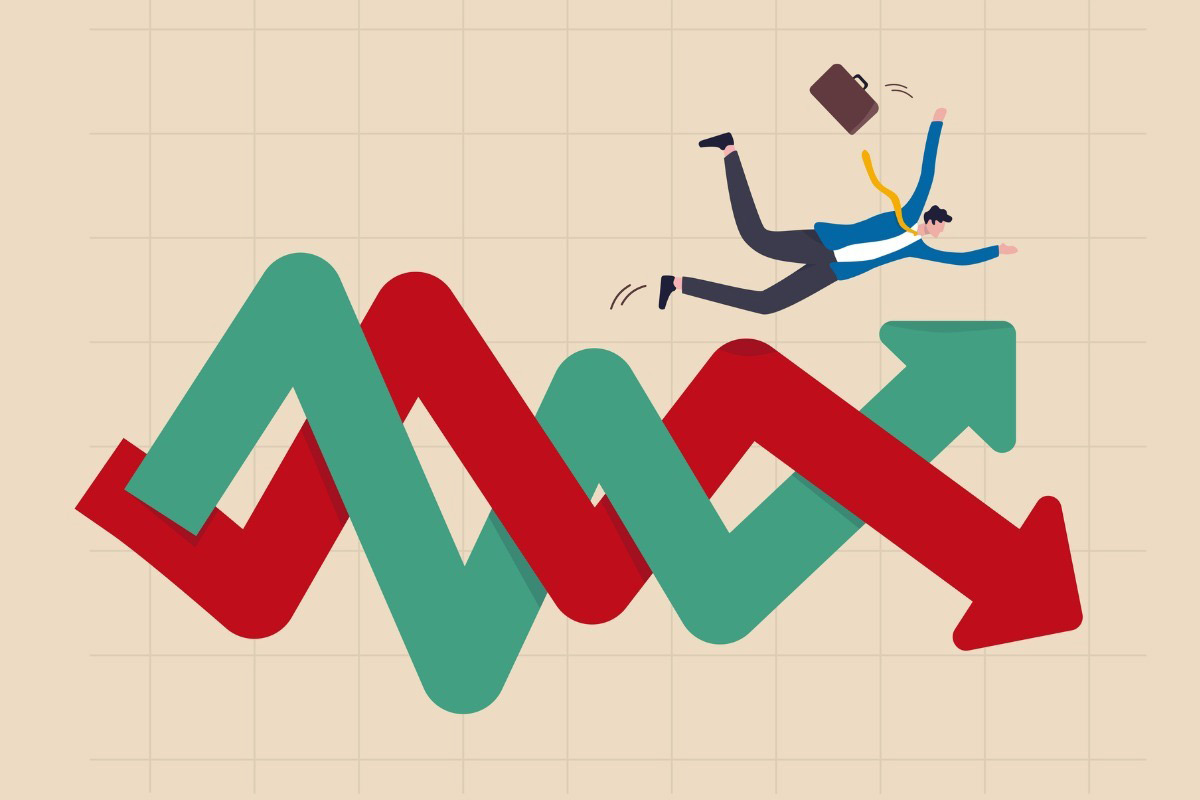
It’s quiet. A little too quiet. The so-called fear gauge, the CBOE Volatility Index, or VIX, has been poking along below 20 for a while now. And 20 is the point below which the index indicates share-price fluctuations are muted.
Mark Haefele, UBS’s CIO for global wealth management, thinks this calm is going to end soon. In a research paper, he argued that the market hitting new highs with such low volatility is an abnormal and unsustainable situation. “So renewed bouts of elevated volatility are likely over the coming months,” he warned.
Some signs of incipient inflation, like the ISM Services survey, coupled with an increasing tempo of economic growth, will shake up investors, he wrote. Other factors that could give investors the heebie-jeebies and lead to more volatility: a rise in new coronavirus infections from variants, and signs of a pickup in options that suggest high volatility.
Late last week, there was a lollapalooza example of that. On Friday, one investor bought $40 million worth of VIX call options positioned for a rise in the index to over 25 in the next three months. Haefele pointed out that this was one-third of the option’s daily trading volume. Someone out there seems convinced escalated volatility is on the way and is willing to bet big money on it.
Whoever this whale investor happens to be, this person has got a lot of traders nervously looking at their screens.
The VIX ended Friday at 17. Meanwhile, the S&P 500 is up 9.9% this year, and it rose 2.7% last week, setting a new record. This came amid new energy for growth stocks and a dip in the 10-year Treasury yield, whose rise has been taking the air out of tech high-fliers.
The last VIX spike came in late January, amid all the fracas surrounding the GameStop imbroglio, when hordes of online retail investors—that is, the Robinhood gang—piled into the stock of the hapless mall-based gaming purveyor. And along the way, they smashed a number of hedge funds that had been shorting GameStop, wagering it would fall. During that raucous spell, the VIX zoomed to 37.
The only previous such spike was the one in March 2020, to 58, amid the stock market crash as the pandemic came rampaging into our lives. Before that, it had been in the low teens for a long time, with just a few sporadic bursts, dating back to the last big VIX surge, during the 2008-09 financial crisis.
Haefele suggested taking advantage of higher VIX expectations by locking in low downside protection, now that the VIX contracts are relatively cheap due to placid volatility. Plus, when prices start to gyrate more, that “will create better entry points” for smart investors, he reasoned.
Related Stories:
The Madness of Crowds: How to Cope with Today’s Faster Volatility
February Volatility Wipes Out $71 Billion in US Corporate Pension Funding
The GameStop Woes Keep Plaguing Melvin Capital
Tags: call options, Coronavirus, Economic Growth, GameStop, Inflation, Mark Haefele, S&P 500, UBS, VIX, Volatility
